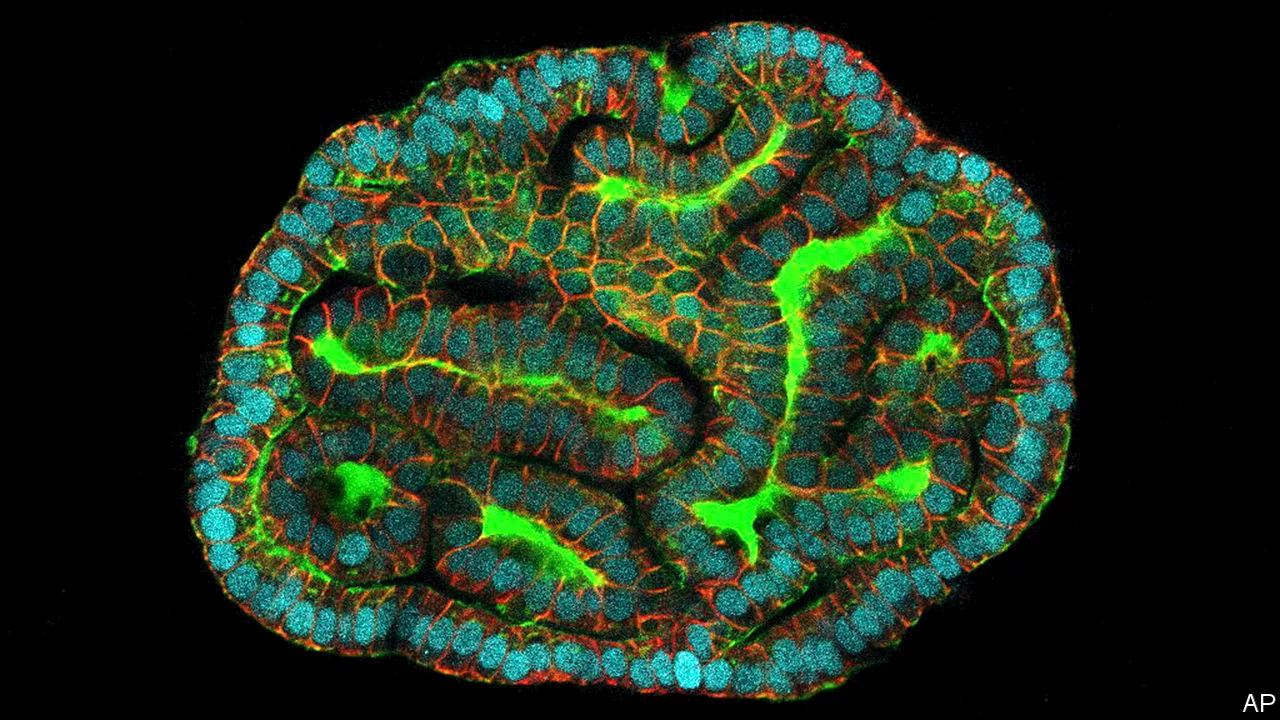They could be used to improve treatments in the womb
shows signs of trouble in the womb, doctors face a precarious task. They must find out what is wrong and how to help without jeopardising the pregnancy. Despite sophisticated modern genetic and imaging tests, many questions are difficult to answer—how severe a malformation is, for example, or how a fetus might respond to treatment.
Making an organoid usually requires a biopsy, which is why it has not been possible to make them from living fetuses until now. Dr Gerli and his colleagues, writing this week in, got over this hurdle by extracting progenitor stem cells from amniotic fluid. These comprise around 1% of the fluid and, like other stem cells, they can turn into different types of cells in the body.
The researchers fished out the progenitor cells of 12 amniotic-fluid samples taken from second- and third-trimester pregnancies, and cultured them into kidney, small-intestine and lung organoids. Because the progenitors were already on their way to forming those organs, they needed little encouragement. Once they had become useful organoids, they had telltale features of the organs they were mimicking.
Crucially, Dr Gerli’s work was completed without interrupting any pregnancies. Amniotic fluid is routinely extracted to test for abnormalities and, because the organoids only take four to six weeks to grow, the technique allows ample time to both test and treat. The organoids can also be used to report on a treatment’s progress.
It will take many years of tests and a lot more research for fetal organoids to reach patients in the clinic. And there are some limitations, since not all organs can be replicated this way either; the brain, for example, is unlikely to be a target for future organoids since amniotic fluid does not seem to contain the appropriate progenitor cells.
Australia Latest News, Australia Headlines
Similar News:You can also read news stories similar to this one that we have collected from other news sources.
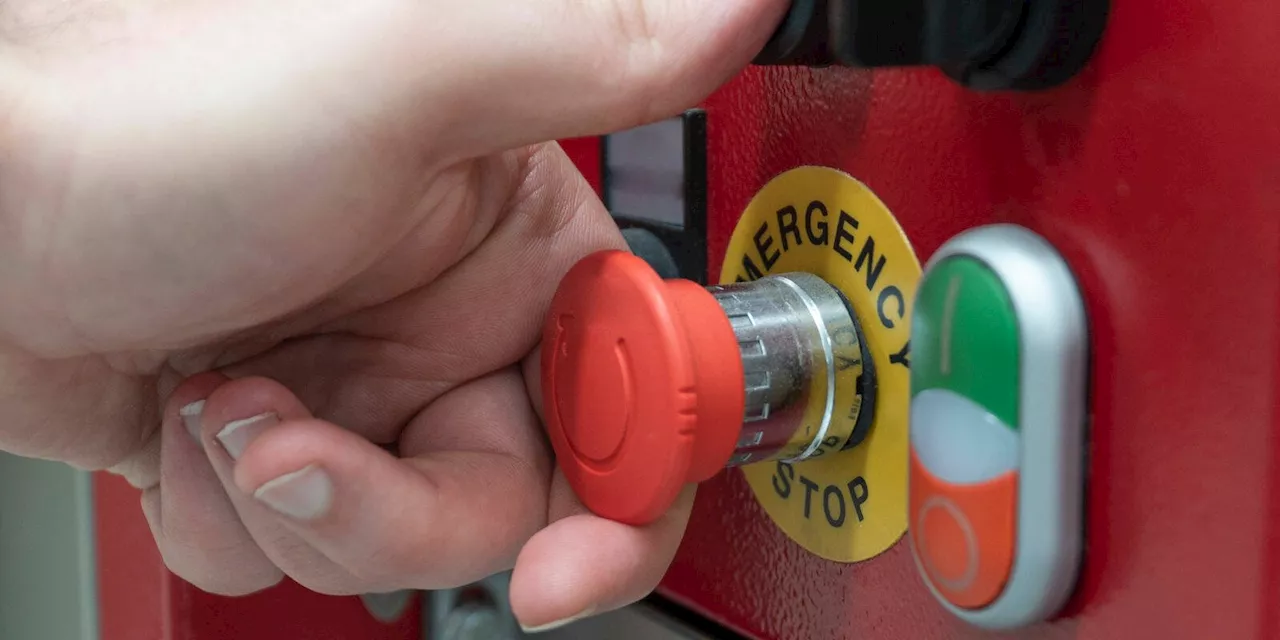 Someone had to say it: Scientists propose AI apocalypse kill switchesBetter visibility and performance caps would be good for regulation too
Someone had to say it: Scientists propose AI apocalypse kill switchesBetter visibility and performance caps would be good for regulation too
Read more »
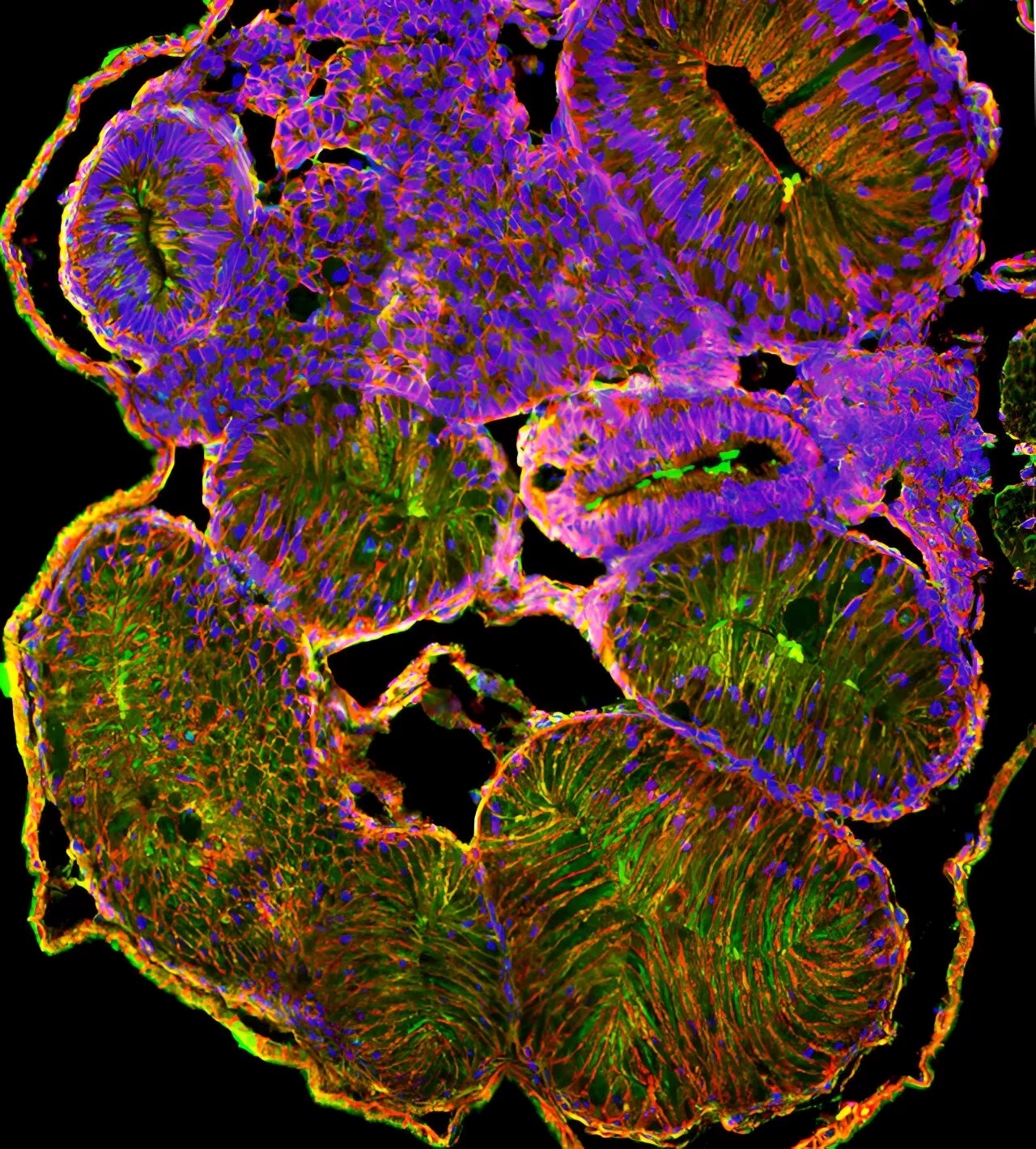 Frog embryo study helps scientists unravel the human birth anomaly of intestinal malrotationHow does our intestine, which can be at least 15 feet long, fit properly inside our bodies? As our digestive system grows, the gut tube goes through a series of dramatic looping and rotation to package the lengthening intestine.
Frog embryo study helps scientists unravel the human birth anomaly of intestinal malrotationHow does our intestine, which can be at least 15 feet long, fit properly inside our bodies? As our digestive system grows, the gut tube goes through a series of dramatic looping and rotation to package the lengthening intestine.
Read more »
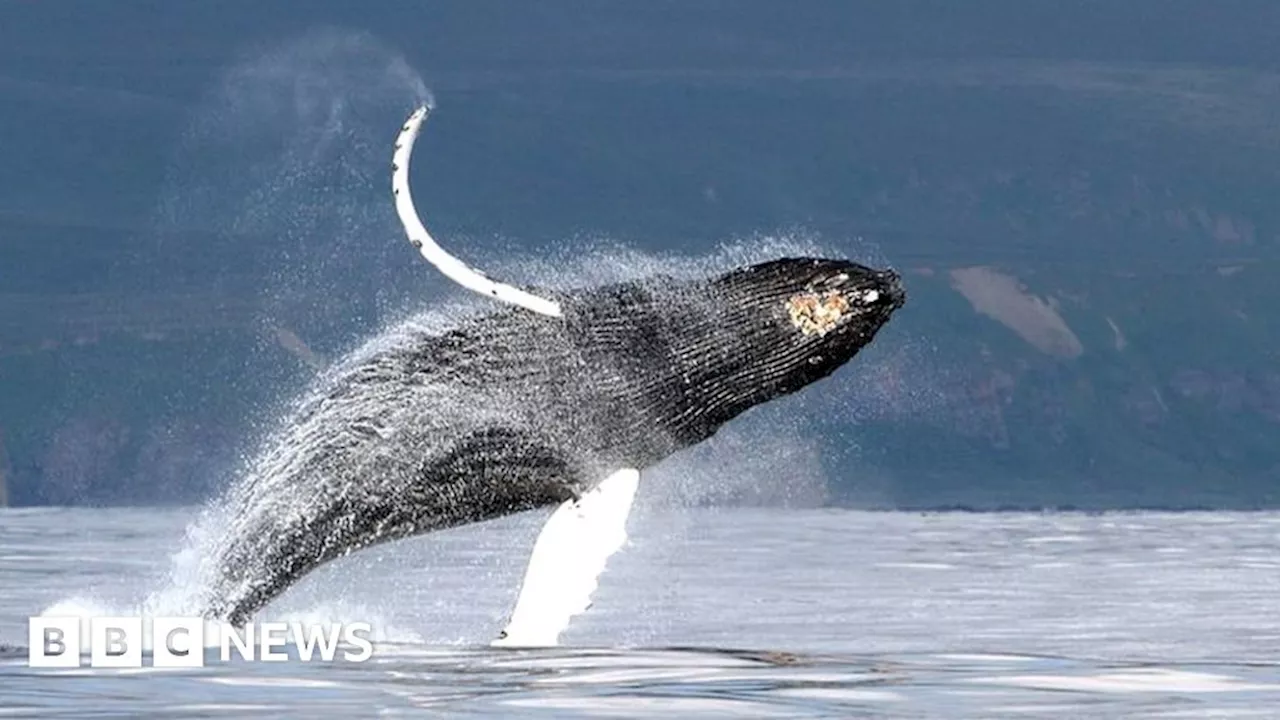 Scientists Discover How Whales Produce Haunting SongsScientists have figured out how some of the largest whales in the ocean produce their haunting and complex songs, which are crucial for their survival and mating. The study was led by Prof Coen Elemans of the University of Southern Denmark.
Scientists Discover How Whales Produce Haunting SongsScientists have figured out how some of the largest whales in the ocean produce their haunting and complex songs, which are crucial for their survival and mating. The study was led by Prof Coen Elemans of the University of Southern Denmark.
Read more »
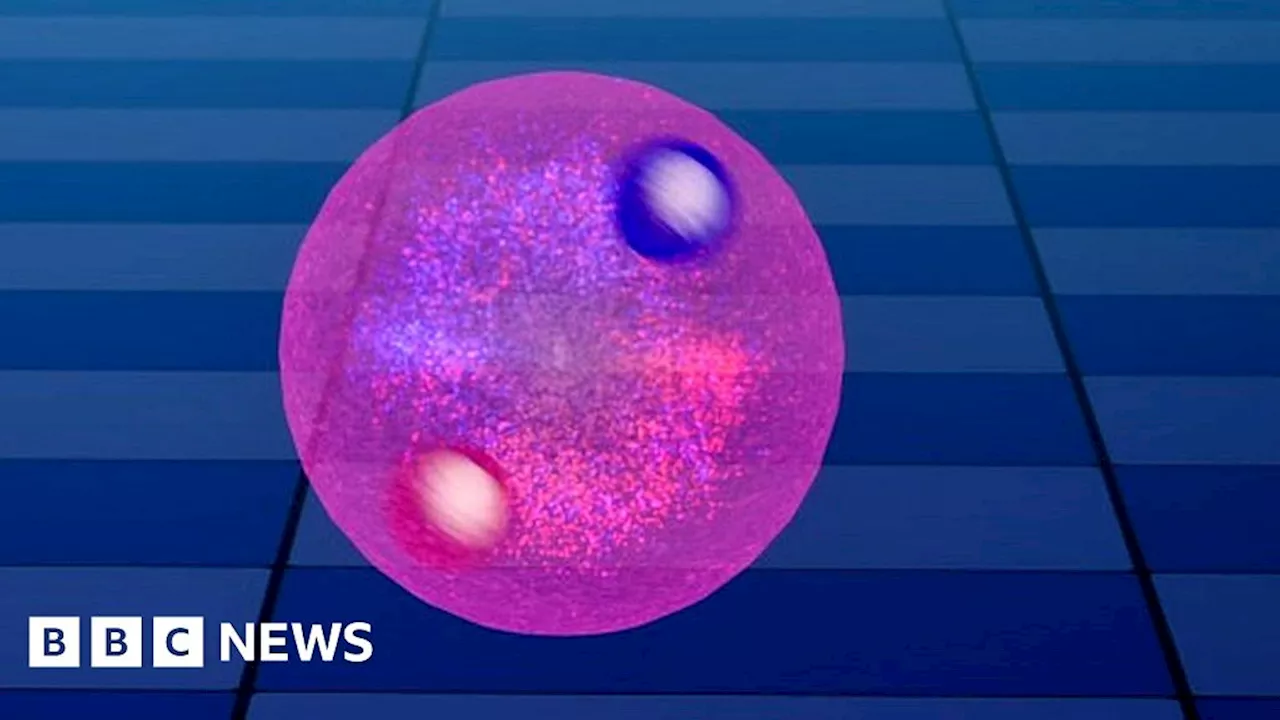 Antimatter: Scientists freeze positronium atoms with lasersPositronium has the potential to revolutionise physics but the elusive substance had been too hot to handle.
Antimatter: Scientists freeze positronium atoms with lasersPositronium has the potential to revolutionise physics but the elusive substance had been too hot to handle.
Read more »
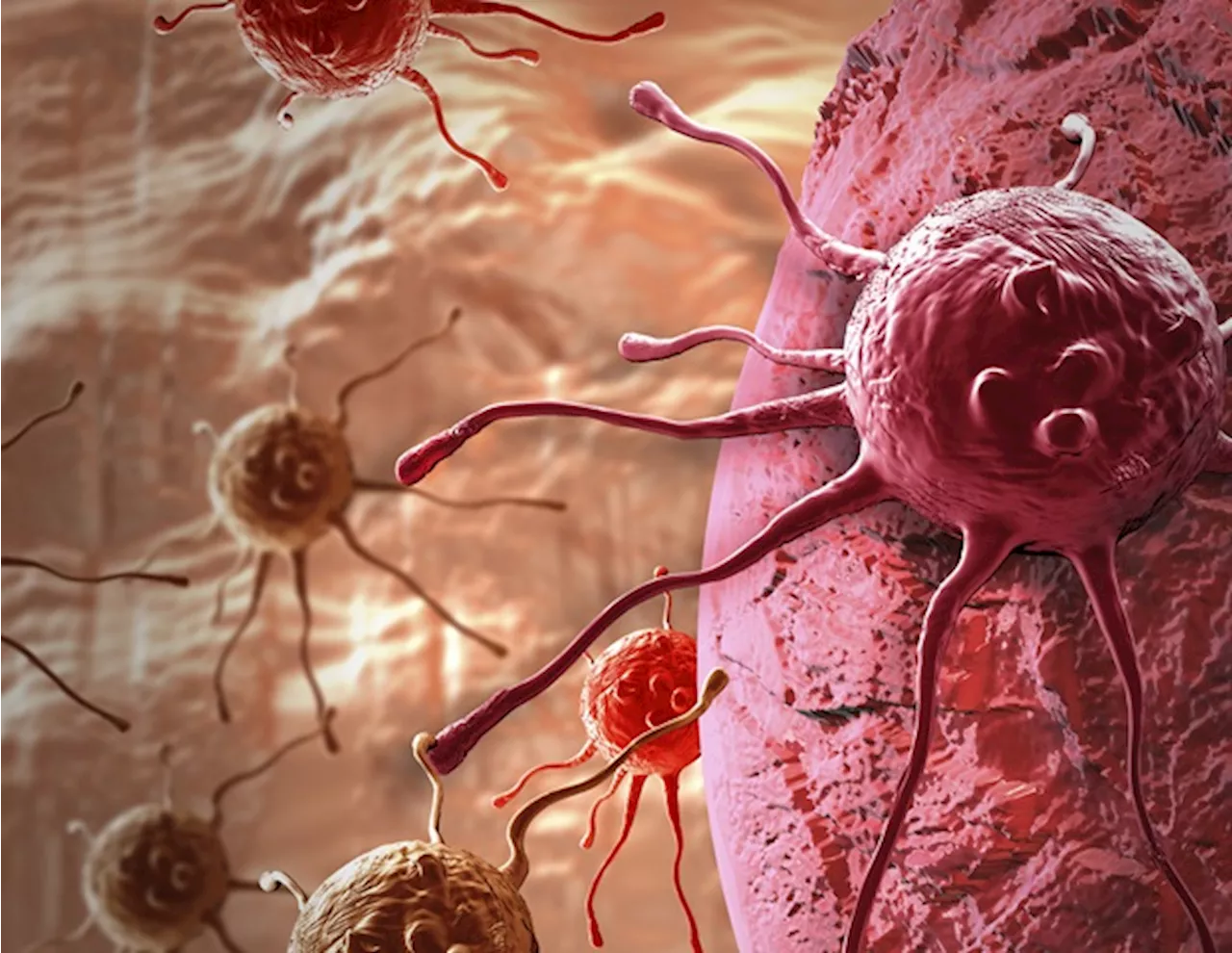 Scientists discover a key mechanism used by human herpesvirus 8 to induce cancerCleveland Clinic researchers have discovered a key mechanism used by Kaposi's sarcoma-associated herpesvirus (KSHV), also known as human herpesvirus 8 (HHV8), to induce cancer.
Scientists discover a key mechanism used by human herpesvirus 8 to induce cancerCleveland Clinic researchers have discovered a key mechanism used by Kaposi's sarcoma-associated herpesvirus (KSHV), also known as human herpesvirus 8 (HHV8), to induce cancer.
Read more »
 Star dune: Scientists solve mystery behind Earth's largest desert sandsScientists collected radioactive sand grains in the dark to understand when they formed.
Star dune: Scientists solve mystery behind Earth's largest desert sandsScientists collected radioactive sand grains in the dark to understand when they formed.
Read more »
